Why Istanbul is this year’s hottest destination
New direct flights from Australia put this historical city on the radar, and we have the ultimate insider guide on where to eat, drink and stay.

Istanbul has been one of the world’s most prized cities for more than 2500 years, playing host to battles between great empires, religions and cultures.
Straddling Europe and Asia, it was founded in 7th century BC by Greek settlers as Byzantium and then claimed by Roman emperor Constantine the Great in 330AD as Constantinople.
It was later the capital of the Ottoman Empire until 1922. The extraordinary history of the city is matched only by its location on the Bosphorus Strait, providing a bridge between two continents.
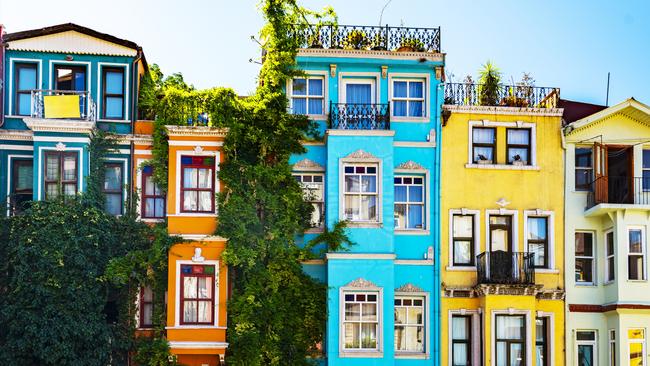
The biggest metropolis in Turkey becomes more accessible to Australians from this weekend with the first flight between Istanbul and Melbourne.
Turkish Airlines will start with three return flights a week on the Boeing 787-9 Dreamliner, taking 1 ½ hours each way to refuel in Singapore (during which time passengers will disembark). The operator, which flies to 346 destinations in 130 countries, was granted more traffic rights by the federal government last year. It is expected to increase its services over the next 18 months, with a goal of offering non-stop services in 2025.
To help plan your future trip, here is our expert guide on navigating Istanbul, finding the best places to eat, drink, visit, stay and shop.
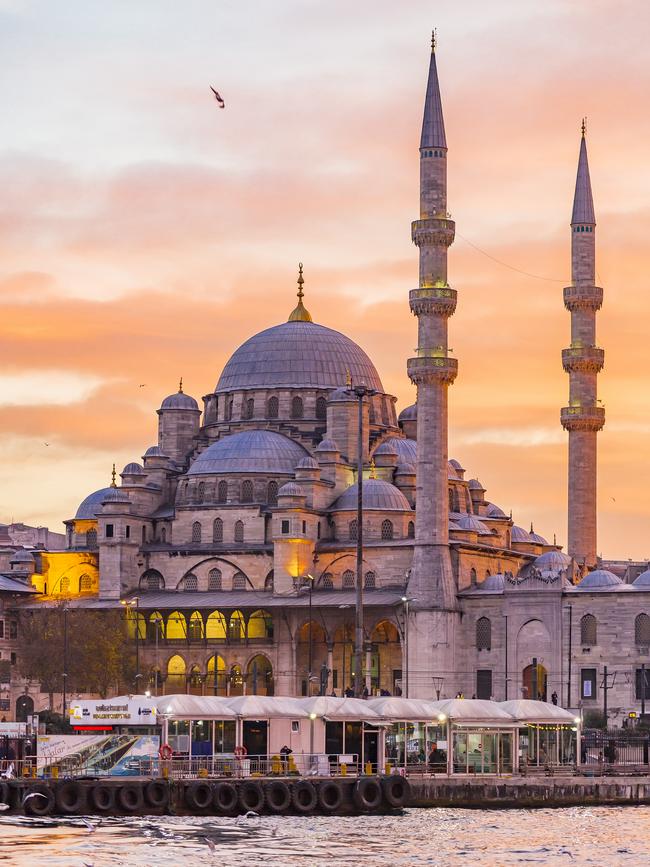

Ferry tales
There’s no better way to get the lay of the land, and the water, than by taking a ride on one of Istanbul’s period-piece yellow and white ferries. Where else can you swap continents in just 20 minutes, and for less than a dollar? A popular stop on the Asian side is Kadikoy, the city’s top foodie district, with a magical array of pickle shops, delis, spice, fish and vegetable stalls, not to mention eateries.
Another line serves the Golden Horn, the fabled expanse of water that divides the European side’s old imperial city from the Pera and Beyoglu districts, zig-zagging between fin-de-siecle ferry stations to arrive at the revered shrine complex of Eyup, the Prophet’s standard-bearer. There are also numerous tourist cruises, some lasting all day, up the Bosphorus towards the Black Sea. Regular services operate from the main departure hubs on either side of the Galata Bridge, and should you somehow tire of the views, there’s often free entertainment from hawkers pitching oddball kitchen gadgets or buskers plucking mournful tunes on the traditional saz. Board with the local pass, which is accepted on tram and metro services as well as the Tunel funicular.
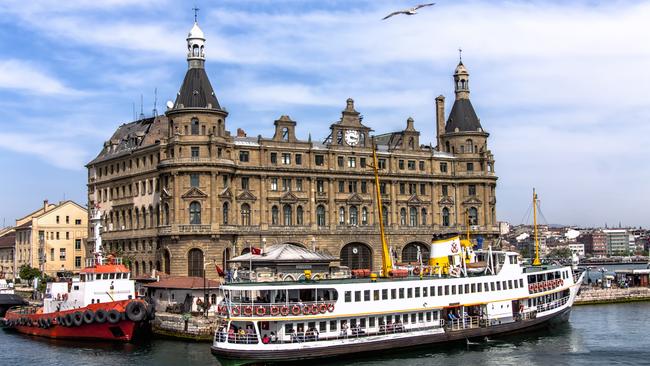
Holy places
It goes without saying that the historic churches and mosques of Istanbul, capital of the Christian Byzantine and Muslim Ottoman empires for more than 1500 years, have long been among the city’s top visitor attractions. But lately politics have been complicating matters; after an extended closure the Chora Church/Kariye Cami is due to reopen this spring – but as a mosque, with the exquisite 13th-century frescoes likely to be obscured from view for religious reasons.
The great 6th-century Hagia Sophia – originally a church, then a mosque, then a museum and since 2021 a mosque again – has this year confined non-Muslims to the upper galleries, while charging a hefty $40 per person for the visit (it’s worth noting that entry fees for Istanbul’s leading cultural attractions have skyrocketed of late, with tickets for the Topkapi Palace currently costing $75).

The consolation is that the city is rich in free-entry alternatives, the great Ottoman mosques especially, though you should avoid prayer times and dress respectfully, women with a headscarf.
Given the visitor queues that the Blue Mosque (Sultanahmet) tends to attract, make instead for imperial architect Sinan’s great Suleymaniye Mosque, as much for its magnificent setting overlooking the Golden Horn as for its luminous domed interior. Then work your way down to the nearby Rustem Pasa Mosque, decorated in exquisite 16th-century tilework, recently reopened after restoration.

Market forces
Those who dismiss the labyrinthine Covered Bazaar for the loss of its original artisanal atmosphere, with Messi shirts and genuine-fake Dior bags at every corner, are not looking hard enough. The tat and trinketry may be plentiful, but among the market’s 4000 shops there are still special discoveries to be made.

Find your way to Egin Tekstil/Doctors No 1, just inside the Oruculer entrance, where the erudite Suleyman Ertas offers lovely cotton and silk fabrics, including tablecloths, throws and towels. Don’t miss the cavernous basement for its collection of one-off costume pieces made for Turkey’s movie industry. Seek out Sisko Osman’s renowned rug store, as much for its setting in the Zincirli Han, one of the Covered Bazaar’s most beguiling corners.
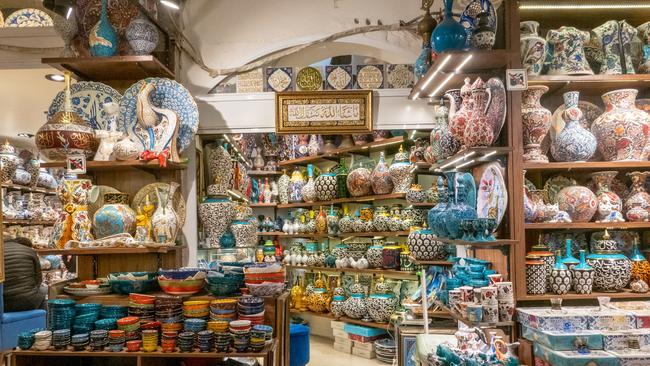
It’s as much a joy to wander the old lanes of Cukurcuma, Istanbul’s bric-a-brac and antiques quarter, where you’ll find a wealth of ceramics, metalwork, jewellery and assorted knick-knacks at gorgeous showrooms like A La Turca. Then, for a study in contrast, take the short walk down to the new cruise terminal at Galataport, where a former post office building is now home to hot fashion labels such as Arzu Kaprol and perfumer Atelier Rebul.

Works of art
Amid the notable buildings of the new Galataport development is Istanbul Modern, the hub of the city’s contemporary arts scene. The museum’s new home, designed by Renzo Piano, is said to reference both fish and boats.
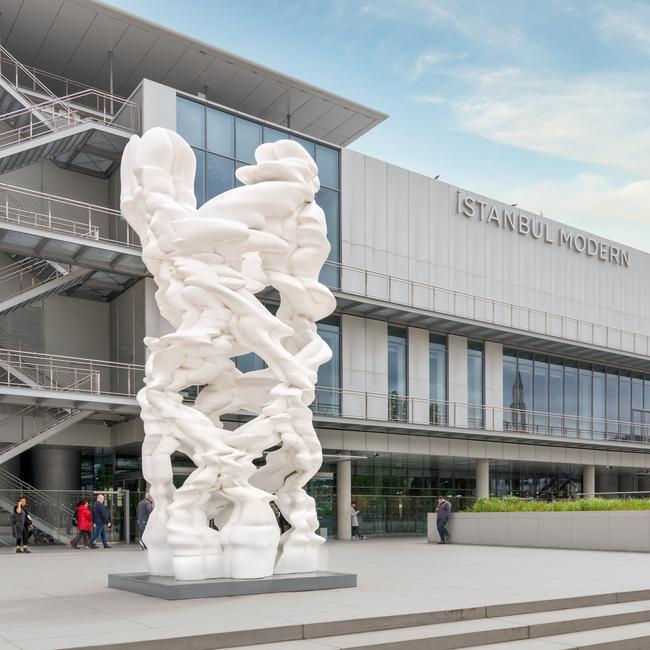
It’s a striking addition to the Bosphorus waterfront and further proof of the strides the city is making to become a major arts destination. It joins other high-profile arts institutions such as Santral Istanbul, which occupies a converted power plant, and Arter, a cultural hub and exhibition space in Dolapdere.
Bathing beauties
The Turkish bath is often dismissed as the city’s signature tourist trap, and a potentially seedy one at that.
This is nonsense, as there is no route to revival more tested than the hamam, with its miracle combination of steam and soap, massage and scrub, especially after a long day tramping the city’s seven hills, walking its crowded streets and riding its trams.

For scale and elegance, the pick has to be the 16th-century Kilic Ali Pasa Hamam, right next to the mosque of the same name and lately restored to sublime and cavernous effect. Your hamam visit (from $120) includes a scrub, with oil massages extra. The hamam is open for women during the day and men in the evening. Mixed hamams are available elsewhere; the bath house in Cukurcuma is recommended.

Eating out
Istanbul is a foodie city par excellence. The Turkish breakfast is an institution, and the lavish spread of cheeses, olives, cured meats, pastries and honeys at deli-cafe Namli Gurme is nothing less than theatre. If there’s one rule to follow in this great culinary capital, it’s to eat where the food is on show – either in canteen-style tureens or as it’s cooked over coals.
That’s what draws locals and visitors alike to the Hocapasa quarter.
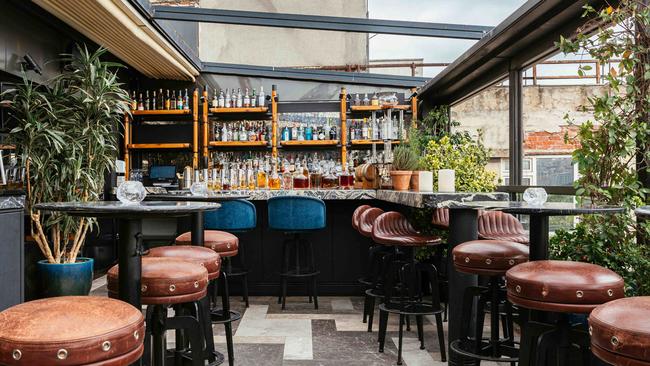
This bustling covered lane in Sirkeci is home to splendid kebab houses such as Bitlisli where the flavours are from southeast Turkey (the pizza-style lahmacun is outstanding). For something more elevated, as much in price as location, try the fabulous tasting menu at Murver ($250 including wine), an acclaimed rooftop restaurant overlooking the Bosphorus.

City walks
With its chronic traffic issues, Istanbul is decidedly not the place to go looking for a bus tour. But as a generally safe and friendly city, it is made for walking. Go on foot with a specialist walking guide such as Monica Fritz.
A resident for 25 years, Monica is a fine arts photographer whose insightful strolls are less prepared and more conversation, capturing the poetry and feel as much as the history of this remarkable city. Or head out on your own, preferably away from the main thoroughfares, to make discoveries in the city’s numerous backwaters.

For character and history explore the 5th-century walls where the Panorama Museum vividly recreates the city’s capture by the Turks in 1453. From the Edirne Gate, where Mehmet the Conqueror is said to have entered the fallen city, quiet lanes run along the foot of the walls, descending through village-like districts to the restored Tekfur Palace Museum, home to the last Byzantine emperors. You’ll emerge in waterside Balat, a former Greek and Jewish quarter where dilapidated wooden houses now serve as buzzy cafes, boutiques and jewellery shops.
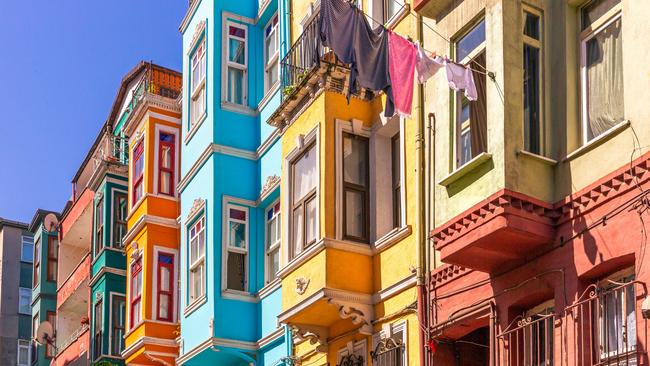
Something to drink
With alcohol prices so high (be braced for restaurants charging $60 and up for a bottle of wine), it may just be time to fall back on boza, Istanbul’s traditional tipple.
One of the city’s last surviving boza shops in Vefa, a short walk from the Suleymaniye district, is a wonderful 19th-century survivor, with traditional wooden counter, leather banquettes and a proudly displayed cup from which Ataturk, founder of modern Turkey, drank on a visit to the shop.

Made from millet, boza is a faintly alcoholic concoction with a thick consistency. It’s usually taken with a serving of leblebi (roasted chickpeas) which, as part of what feels like a sacred ritual, you buy from the shop across the road. It’s said that British servicemen developed a taste for boza during the Crimean War, which is the source of the word “booze”.
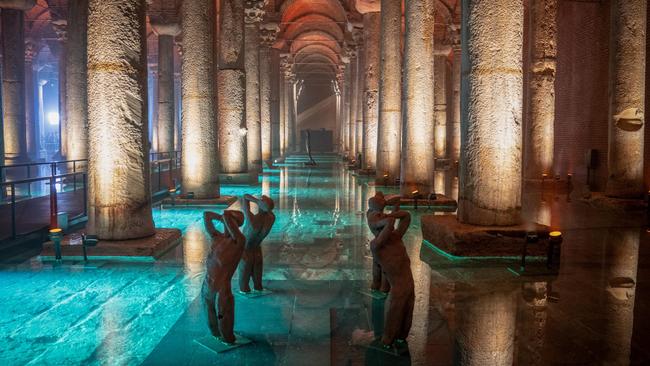
Going underground
The city’s great Underground Cistern, which recently reopened after restoration, is extraordinary for its scale. What feels insistently like a cathedral or catacomb is in fact a vast 6th-century water depot originally fed by a network of aqueducts.
It is supported by 336 columns measuring 10m high plundered from pagan temples, reminders of the pre-Christian world. Keep an eye out for the capitals carved with wonderful Medusa heads.
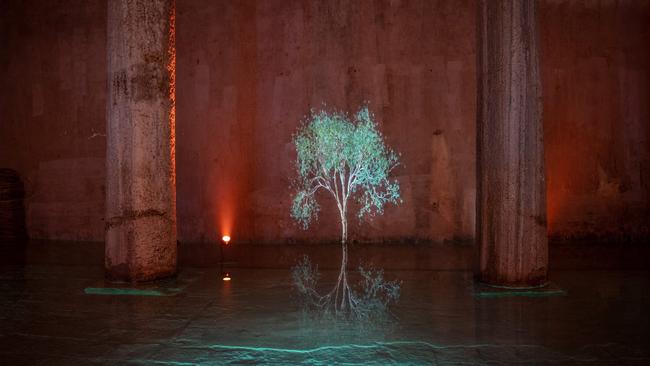
The cistern, made famous by 007 film From Russia with Love, is the biggest of many across the city, the excess water capacity serving as insurance in case of siege. For a more modest example, but quite as startling, look in on the cistern beneath fancy carpet shop Nakkas just off the Hippodrome.
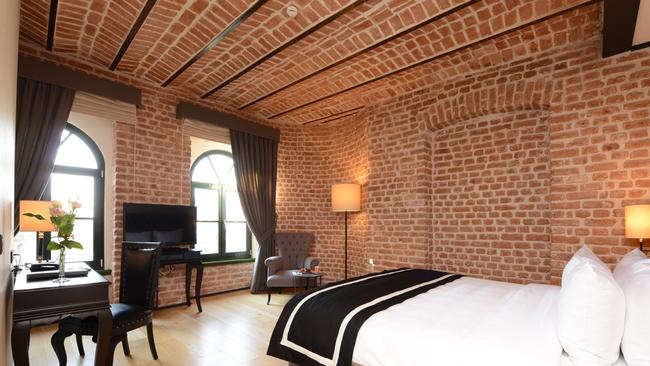
Stay this way
As booming Istanbul re-establishes itself as the Near East’s pre-eminent metropolis, with a vast new airport to match, so new hotels are opening apace. The latest addition is the spectacular Peninsula hotel.
For less capacious pockets, the mid-range Regie Ottoman is a converted 19th-century tobacco company building that occupies a rare patch of quiet barely a minute’s walk from the Spice Market and the Sirkeci Tram Station. Expect large and stylish rooms, with legendary breakfasts.



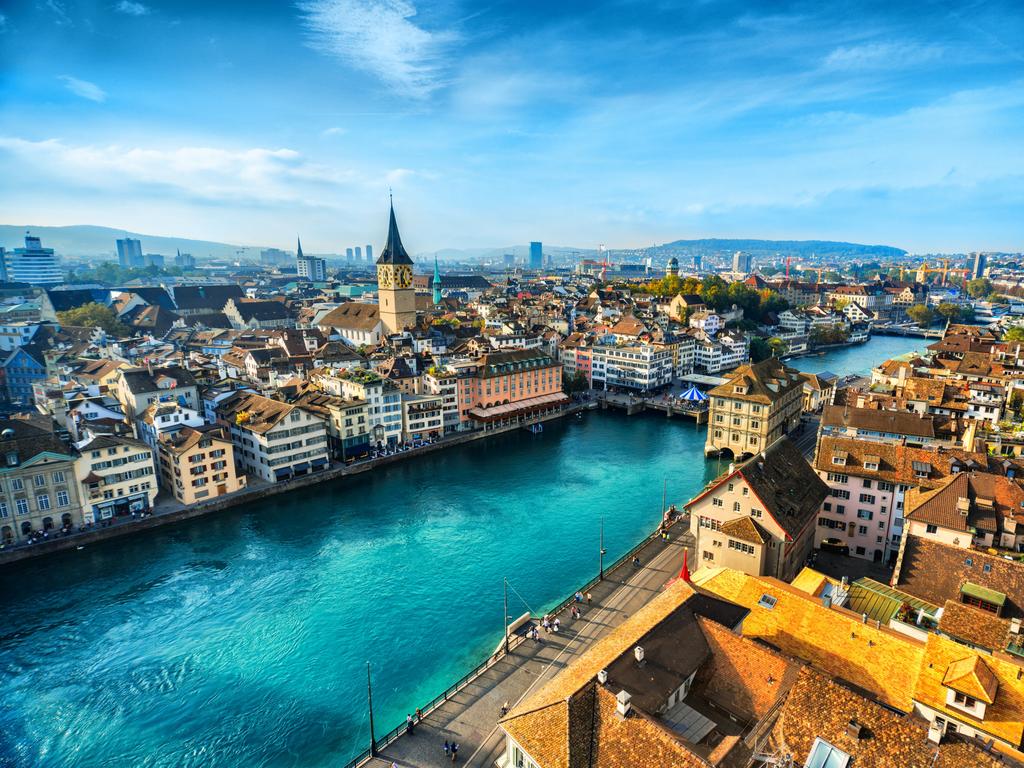
To join the conversation, please log in. Don't have an account? Register
Join the conversation, you are commenting as Logout